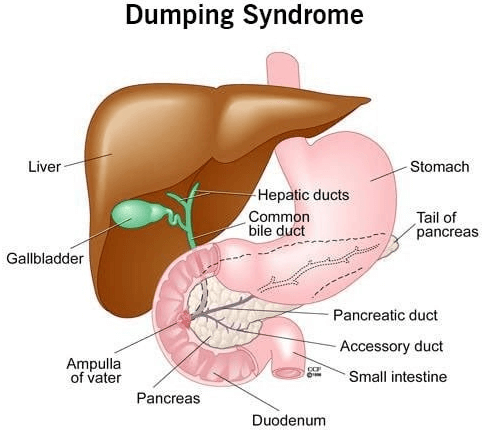A 4-month-old infant is brought to the clinic by a parent with symptoms of a runny nose, a slight fever, and cough for the last two days Which finding should alert the nurse that the child is in acute respiratory distress?
Flaring of the nares.
A resting respiratory rate of 35 breaths/min.
Bilateral bronchial breath sounds.
Diaphragmatic respirations.
The Correct Answer is A
A) Correct - Flaring of the nares is a sign of increased respiratory effort and can indicate acute respiratory distress.
B) Incorrect - While a resting respiratory rate of 35 breaths/min is elevated for a 4-month-old infant, it may not necessarily indicate acute distress, especially when considered along with other signs.
C) Incorrect - Bilateral bronchial breath sounds may indicate lung pathology, but they are not specific to acute respiratory distress.
D) Incorrect - Diaphragmatic respirations, where the abdomen moves more than the chest during breathing, are normal for infants. They do not necessarily indicate acute respiratory distress.
Nursing Test Bank
Naxlex Comprehensive Predictor Exams
Related Questions
Correct Answer is B
No explanation
Correct Answer is ["0.75"]
Explanation
To calculate the amount of mL to administer, the PN should use the following formula:
mL = (mcg x 1 mg/1000 mcg) / (mg/mL)
Plugging in the given values, we get:
mL = (150 x 1/1000) / (0.2)
mL = 0.15 / 0.2
mL = 0.75
Therefore, the PN should administer 0.75 mL of octreotide subcutaneously.

Whether you are a student looking to ace your exams or a practicing nurse seeking to enhance your expertise , our nursing education contents will empower you with the confidence and competence to make a difference in the lives of patients and become a respected leader in the healthcare field.
Visit Naxlex, invest in your future and unlock endless possibilities with our unparalleled nursing education contents today
Report Wrong Answer on the Current Question
Do you disagree with the answer? If yes, what is your expected answer? Explain.
Kindly be descriptive with the issue you are facing.
